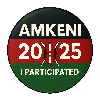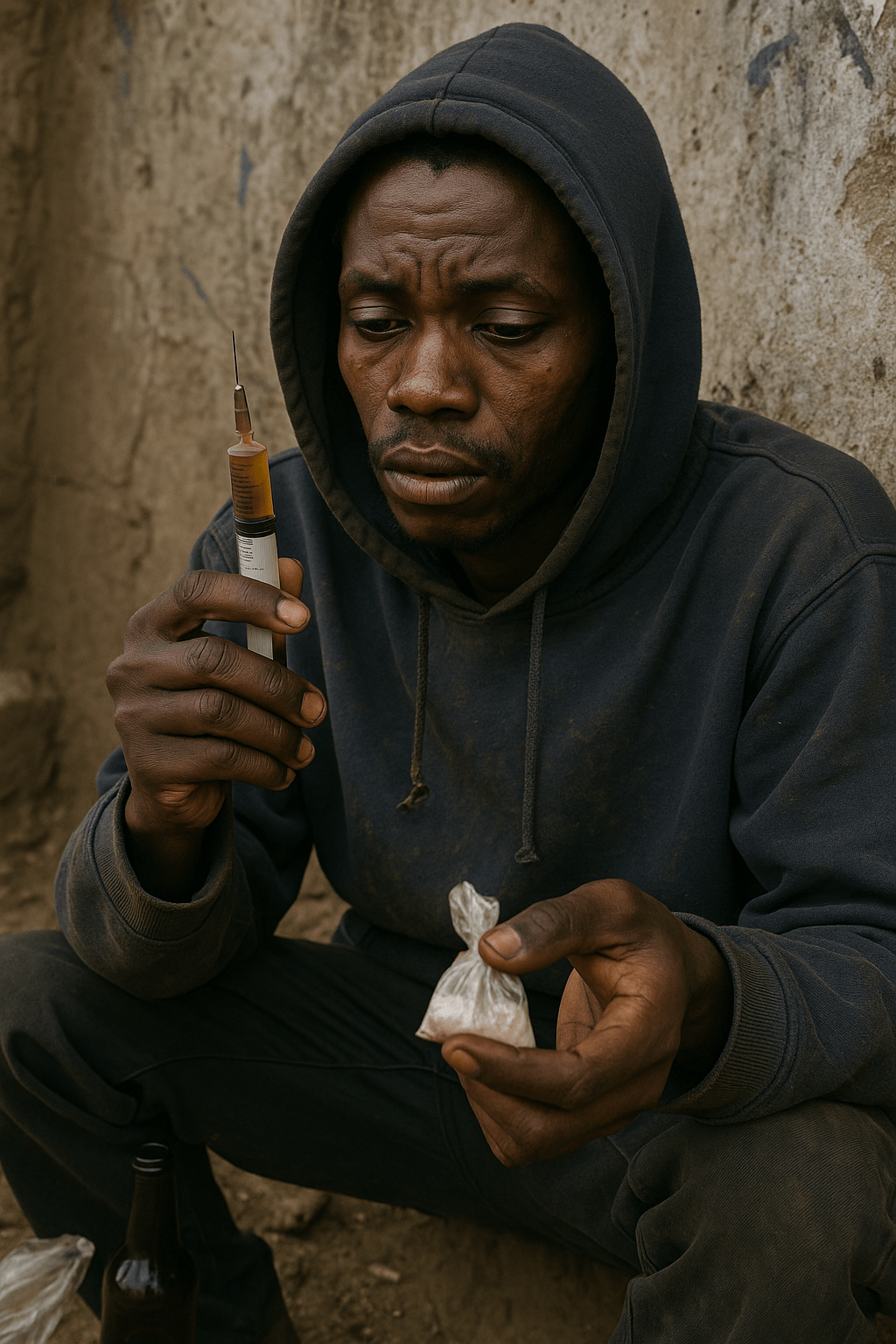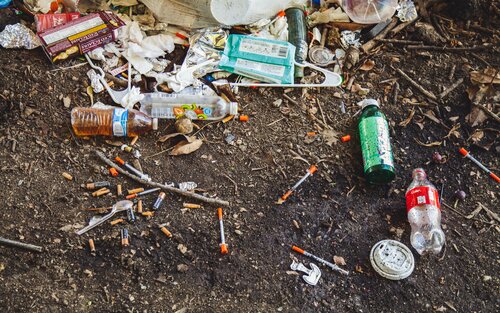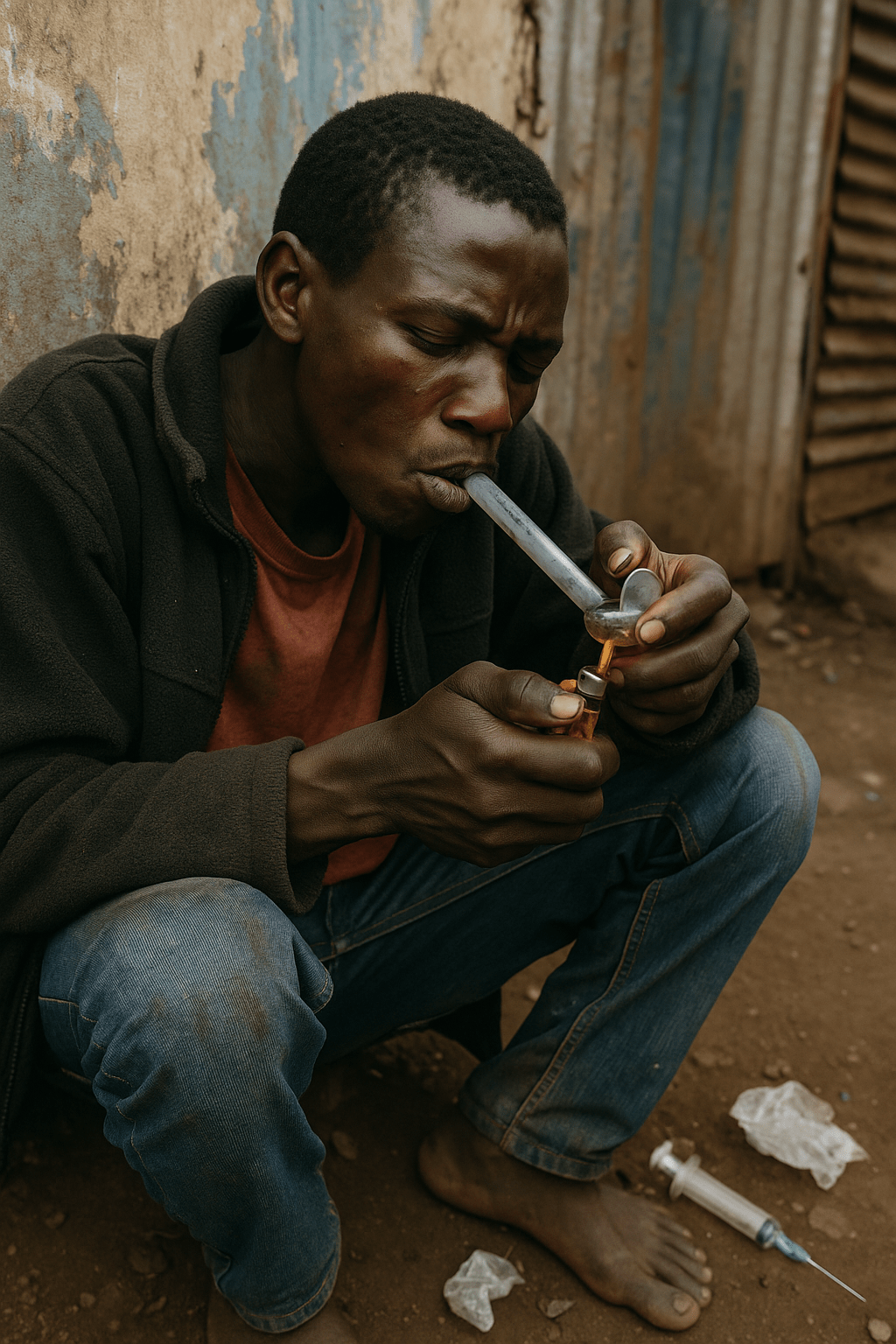Prevention programs are designed to reach target populations in their primary settings such as family, workplace, school, and community.
a) Role of Families, Schools, and Churches.
As a parent, you have a major impact on your child’s decision not to use tobacco, alcohol, and drugs. Parents are the strongest influence that children have. There is no guarantee that your child won’t use drugs, but drug use is much less likely to happen if you:
- Provide guidance and clear rules about not using drugs.
- Spend time with your child.
- Do not use tobacco or other drugs yourself.
- Prevention starts when you start talking with, and listening to, your child.
- Help your child make good choices and good friends.
- Teach your child different ways to say “No!”
Children notice how parents use alcohol, tobacco, and drugs at home, in their social lives, and in other relationships. This includes how parents deal with strong feelings, emotions, stress, and even minor aches and pains. Talk honestly with your child about healthy choices and risky behaviors. Listen to what your child has to say. Make talking and listening a habit, the earlier the better!
Religious bodies are central pillars in the promotion of the fundamentals that provide a firm foundation upon which alcohol and drug abuse is dealt with in society. The use of religion and spirituality in preventing and treating substance abuse has been well-established across the world.
The truth of the matter is that in churches today, people are struggling with drug use disorders albeit quietly. The reality is that in the confines of any religious organization, someone is suffering in silence, enslaved to some addictive substance or behavior. Accepting this reality becomes imperative for the leaders, to enable religious organizations to take a stand in the fight against substance abuse and addiction.
Youth who are spiritually nimble, engage in a faith group activity, and undertake other religious-related activities are less likely to use or abuse drugs and alcohol.
The school can either be a risk or a protective environment. Inadequate supervision and easy access to alcohol and drugs in schools, for instance, may act as risk factors for initiation of drug abuse while drug abuse education offered in the school may increase the child’s self-efficacy to resist initiation of drug abuse.
Schools may adopt a variety of alternatives to drug testing to address the issue of substance abuse, including offering after-school programs, incorporating life-skills training into drug education curricula, helping parents become better informed, providing counseling, identifying problem behaviors for early intervention, and promptly referring students to health care professionals for assessment and intervention.
The fact is that although schools do not have it in their power to stop smoking, or drinking among their students, they do have the power to improve students’ knowledge and skills and to encourage the development of positive values. Accordingly, schools should not be blamed when students engage in health behavior that is less than desirable; however, they should be blamed, or at least held accountable, if students do not gain essential knowledge and skills regarding health, and cannot articulate a value position.
b) Community involvement and Youth Empowerment Programs.
Youth empowerment and community involvement are essential for successful drug abuse prevention. Prevention initiatives can have a greater and longer-lasting impact if the community is actively involved and youth are empowered. This entails forming networks of support, actively including young people in preventative efforts, and educating the public about the dangers of drug misuse.
c) NACADA’s role and Policies.
NACADA, the National Authority for the Campaign Against Alcohol and Drug Abuse, plays a critical role in preventing drug abuse. To lessen alcohol and drug abuse, it carries out many initiatives, including community participation, focusing on demand reduction, policy formation, public education, training, and sensitization campaigns.




